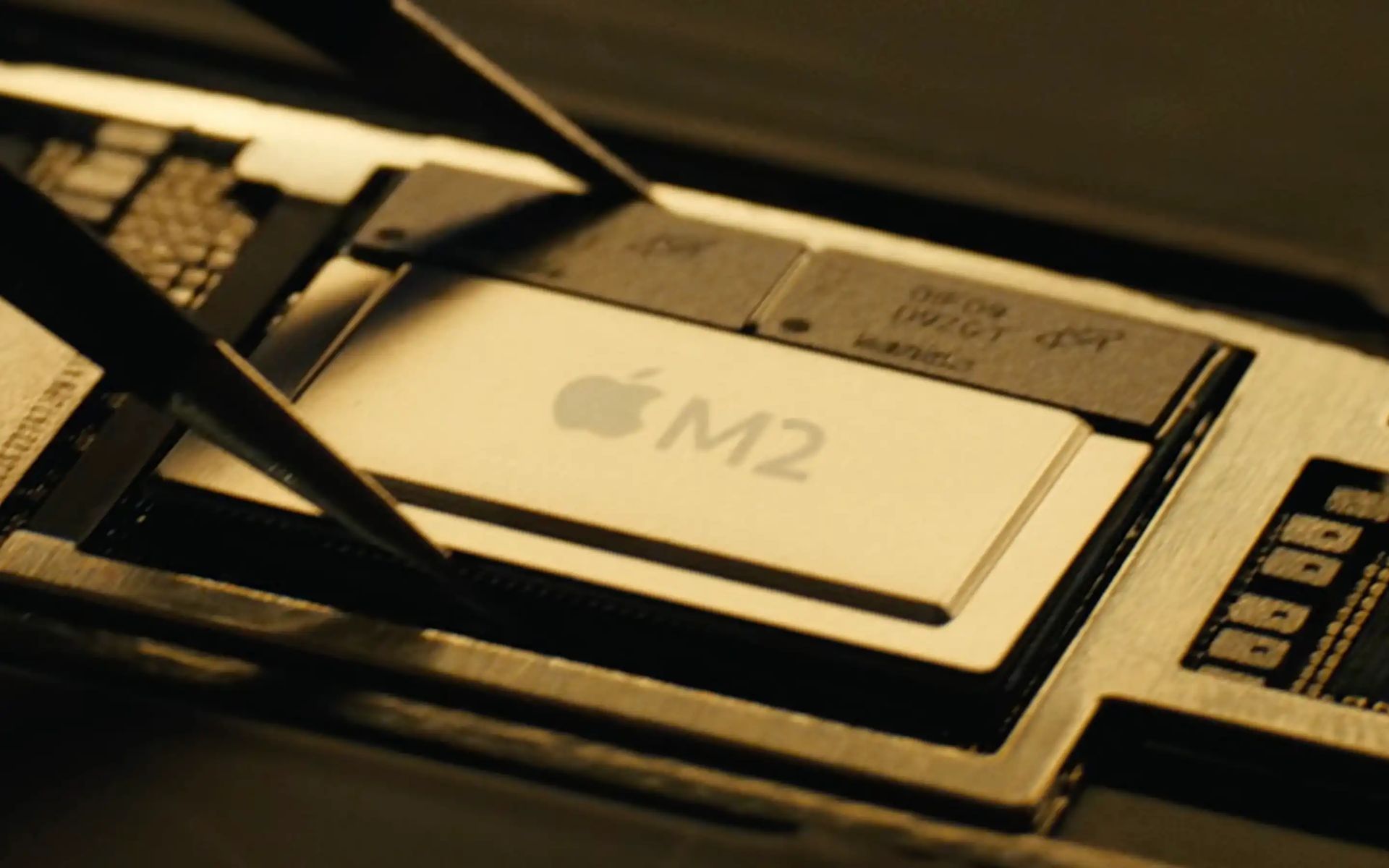In this article, we will make a comparison of M1 Pro vs M2 Pro, Apple’s newest MacBook chips.
Everyone was taken aback when Apple unveiled the new MacBook Pro M2 (2023) and its two new processors, the M2 Pro and the M2 Max.
Two brand-new processors, the M2 Pro and the M2 Max are included in the most recent MacBook Pro M2 (2023). The M2 Max, which has more GPUs than its new sister, is by far the more powerful of these two chipsets.

But how does the M2 Pro stack up against the M1 Pro chipset from 2021 for everyone who already has a Mac that is powered by Apple Silicon? We’ll go through all of the major differences between these hardwares so you can decide whether upgrading to the newest processor is worthwhile. Let’s find out how the M1 Pro vs M2 Pro clash will end up.
M1 Pro vs M2 Pro
According to Apple, the M1 Pro’s outstanding 16-core GPU renders 8K films 1.7 times faster than AMD’s Radeon Pro 5600M GPU. When compared to the most recent M2 Pro, which can be configured with up to 19 cores, these statistics don’t look as spectacular.
A GPU with many cores can process more data in parallel, allowing for quicker overall rates when doing time-consuming creative work. Apple asserts that the M2 Pro is the ideal choice if you want to edit 4K videos or generate 3D effects since the 19-core GPU produces a significant increase in graphic performance.

Similar to the increase in the number of GPUs, the most recent M2 processors have more CPU cores than their forerunners. The M2 Pro achieves new heights with a 12-core CPU, while the M1 Pro may be configured with up to a 10-core CPU.
According to Apple, the M2 Pro’s CPU is up to 20% quicker than the CPU in the M1 Pro, which should lead to better performance overall for both heavy creative workloads and daily chores. The M2 Pro is the ideal option for individuals searching for pure performance power because the PC can run numerous processes at once without experiencing too much strain thanks to the greater core count.
M2 Pro is 7 times faster than the base Intel-powered MacBook Pro
The M2 Pro now carries an astounding 40 billion transistors, which is about 20% more than the M1 alternative and double the number found in the original M2 chip. The M1 Pro has 33.7 billion transistors.
More transistors are unquestionably a positive thing because they allow for the parallel execution of more processes, which allows for the completion of more jobs at once as opposed to one at a time. Large workloads should feel more streamlined as a result of the overall faster processing speeds that are produced.

Although Apple hasn’t yet provided any exact data, it has given us a general notion of how much better the M2 Pro chip performs than the M1 Pro. The firm published a graph that indicates the M2 Pro is 7 times faster than the base MacBook Pro with an Intel Core i9 processor and Radeon Pro 5600M GPU. The company asserted that heavy workload-consuming software like Adobe Photoshop runs faster than ever.
You may see the table of a summary of the M1 Pro vs M2 Pro chips’ comparison below.
|
M1 |
M2 |
M1 PRO VS M2 PRO |
| 16-core GPU | 19-core GPU | M2 PRO comes on top with 3 more cores of GPU |
| 10-core CPU | 12-core CPU | M2 Pro comes on top with 2 more cores of CPU |
| 33.7 billion transistors | 40 billion transistors | M2 Pro comes on top with %20 more transistors |
As you can see from the table above, the M2 Pro is far faster than the M1 Pro at transcoding videos. It also outperforms the M1 Pro at editing videos, upscaling images, and editing photos, to mention a few.
Here we end our M1 Pro vs M2 Pro comparison. If you use video editing and rendering programs like Photoshop frequently, you may want to choose a Mac with M2 Pro that has about 20% more performance. Oh before we conclude our writing, make sure to check out our Apple M2 Pro vs M2 Max writing too.




